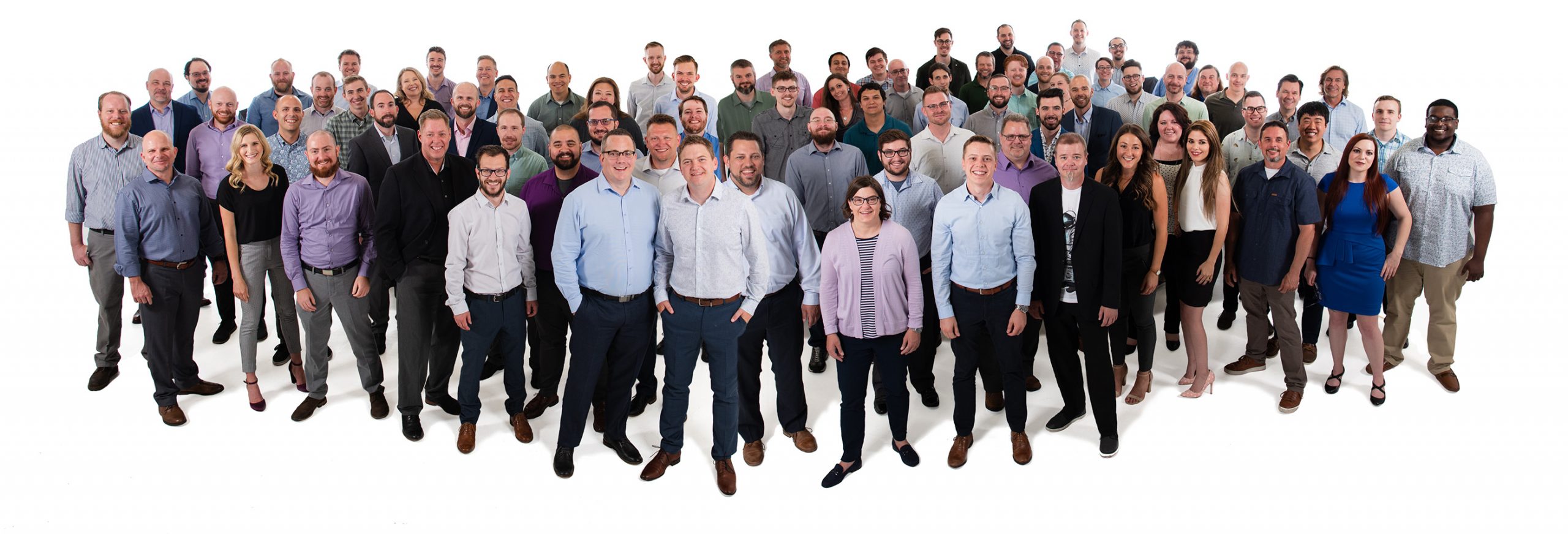Efforts to change have an abysmal success rate. Just think of your efforts to eat healthier, learn a new language, or stop binge-watching Stranger Things. Then think about those changes on a much bigger scale. When you try to make changes at an organizational level, things go sideways fast. This is especially true when you are implementing new technology that makes people learn a different way to do their jobs or even a new way to think. So what are the things you need to remember to make your technology projects less painful for your employees?
Have a Plan and an Owner
It gets lost in the burn-down reports, Gantt charts, and over-night efforts, but you have to plan for more than the technology. There are stories to build and communicate, influencers to equip, training and demos to develop, and parties to plan. Unless someone is in charge of managing the change across the organization, these things will get lost in the work to get the technology done. Don’t make that mistake. Put one person in charge, have them build a team, and give them the time to execute with the same discipline as the technology side of the project.
There is No Such Thing as Over-communicating
Change requires communication. Although it seems obvious, under-communicating is a cause of failure for many technology projects. Clear communication across the organization is key to empowering your people and ensuring they feel like participants in the change. Communication also helps reduce the rumors that spread when there is a lack of information and people are left to create the story on their own. Communication about impending changes should start well before the technology is implemented. As not everyone communicates in the same way, you should use a variety of channels including:
- Broad, company-wide communication via a newsletter or intranet
- Team-based communication from team leaders electronically and in person
- One-on-one communication from coaches or mentors
Change Doesn’t Happen in a Vacuum
The introduction of new technology always affects more than what is immediately obvious. Changes in processes, roles, and organizational structure are common when companies make changes to their technology. Mapping the dependencies and relationships between people, processes, and technologies before developing a change management program will ensure your implementation does not bog down in organizational inertia.
Change is Always Personal
To create effective change, you must understand that it is people who are changing people. Change does not happen in groups or organizations. Because change happens on an individual level, you need strategies for managing change that account for the needs of individuals who react to change in different ways. These individuals will need training and coaching that tailored to their roles and adaptation styles.
Never Doubt the Power of Influencers
Senior leaders should model the behavior they want to see in their employees. But we often forget about other, often more powerful, sources of influence that don’t have hierarchical control. Look for the people that groups and teams look up to and recruit them to be part of the change management effort. These influencers will appreciate having a behind-the-scenes view of the project, and others will be more likely to give the change a chance when they see the people they respect embracing the change.
New technology always requires change. And getting people to change is always a challenge. However, with a solid plan, heavy communication, an understanding of your organization and culture, and the right people on your side, even the most complex of new technology project can be successful.

